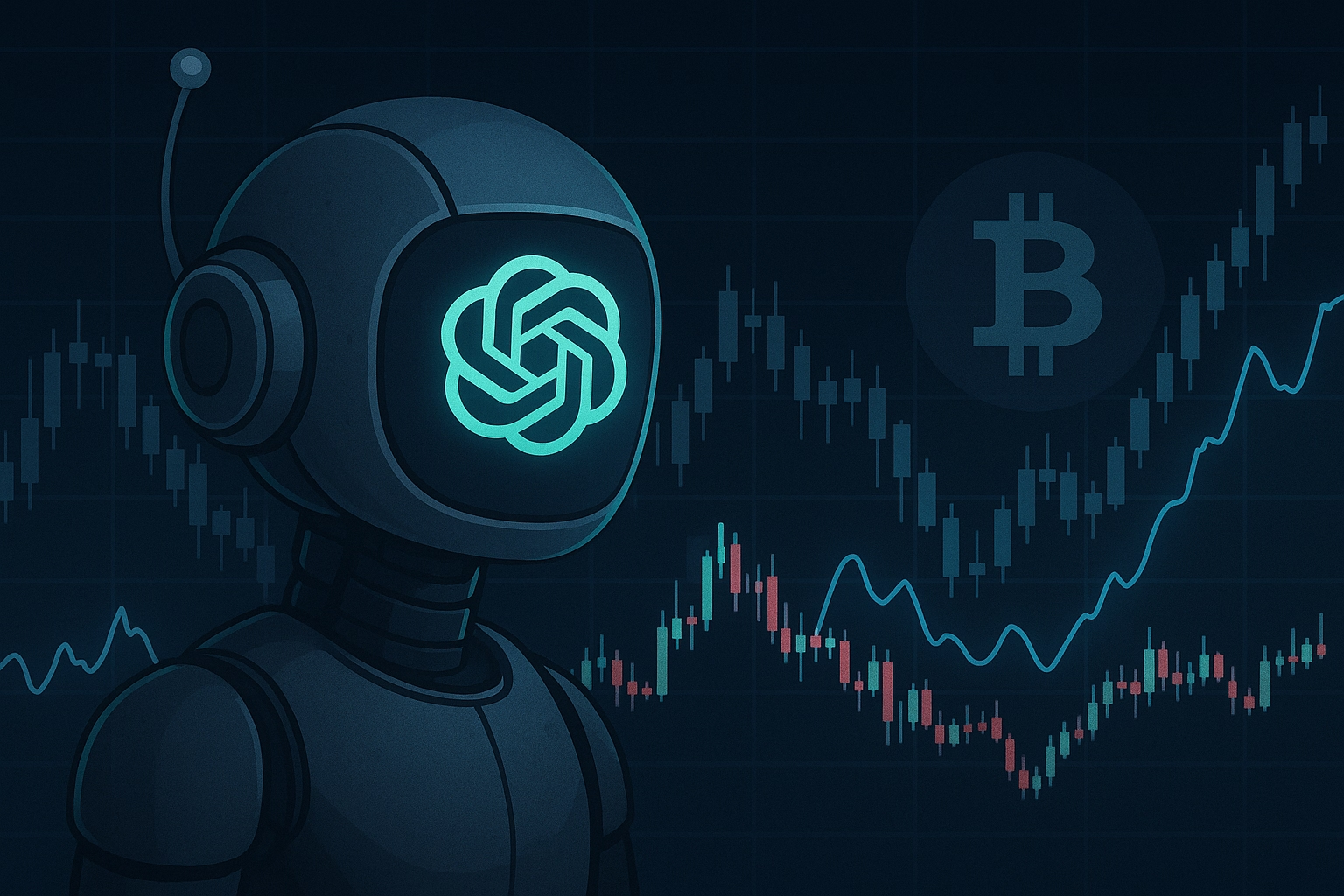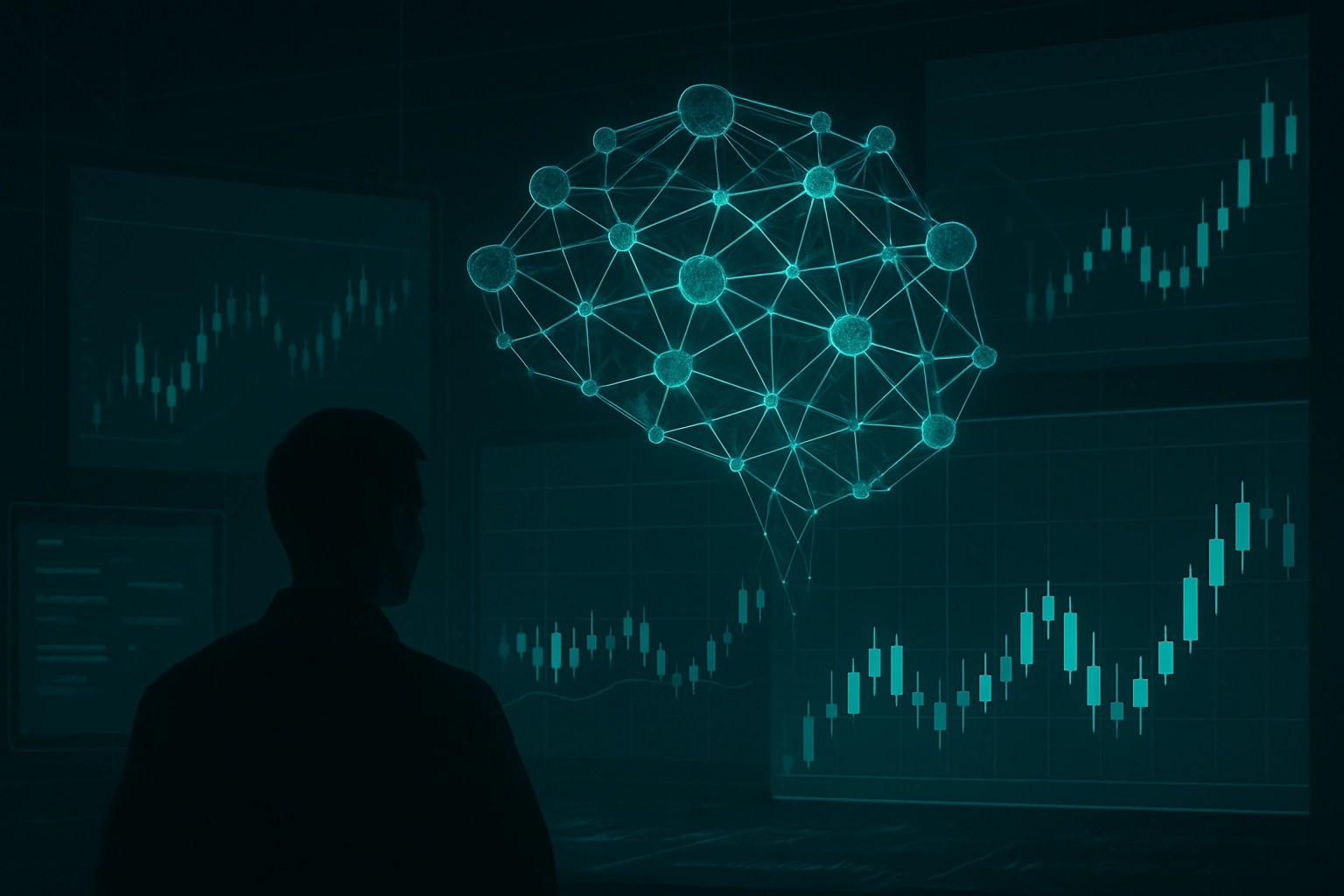ChatGPT and AI’s Impact on Crypto Markets: Signal or Noise?
In early 2023, the rise of ChatGPT and similar generative AI models triggered a wave of excitement across the tech and financial worlds. But in the crypto sector, this excitement went beyond curiosity—it fueled price rallies, boosted project visibility, and raised a key question:
Is AI truly changing the crypto trading landscape, or is it just another hype cycle?
Let’s break down the real influence of ChatGPT and AI on crypto markets—and whether traders should treat it as a signal or just noise.
Generative AI Crypto: The Catalyst
The launch of ChatGPT sparked renewed interest in generative AI crypto projects. Tokens tied to AI narratives—such as Fetch.ai, Ocean Protocol, and SingularityNET—saw price spikes of over 40% in a matter of weeks. This wasn’t driven by fundamental protocol upgrades but by one thing: attention.
As Google Trends and blockchain data showed, retail investors reacted quickly to the idea that “AI is the next crypto goldmine.” The AI narrative became a powerful market force.
ChatGPT Trading: A New Tool in the Trader’s Arsenal
Beyond hype, how is ChatGPT actually influencing trading behavior?
- Sentiment Analysis at Scale
ChatGPT and similar models can rapidly process news headlines, social media posts, Reddit threads, and Twitter feeds. This allows traders to extract sentiment analysis in real time, identifying bullish or bearish trends based on public discourse. - Strategy Simulation and Backtesting
With prompt engineering, traders use chatgpt trading queries to test strategy logic, refine entry/exit conditions, or even write Python code for bot development. - Market Narrative Mapping
AI can track emerging narratives—like "Ethereum staking," "Layer 2 expansion," or "AI x DeFi"—and correlate them with token movements. These are subtle but powerful trading signals.
Noise: The Risk of Misreading AI Trends
Not everything about AI in crypto is signal. Here’s where traders should be cautious:
- Echo Chamber Effect
Relying solely on LLMs for sentiment feedback may lead to bias or hallucinated conclusions. ChatGPT is powerful, but it reflects existing data—it doesn’t “know” the future. - Short-Term Price Distortion
Many generative AI crypto rallies are speculative, not based on protocol usage. This means prices can fall as fast as they rise. - Overconfidence in Bots
While ChatGPT can assist in code or analysis, it's not a foolproof trading bot. It lacks real-time market integration and emotional discipline.
Sentiment Analysis: Signal That Needs Context
Used wisely, sentiment analysis from AI models can offer a clear edge. When combined with on-chain data, TA, and macro indicators, it helps traders anticipate shifts in momentum.
However, it should complement—not replace—human judgment and risk management. AI is best treated as a tool, not a prophet.
Final Thoughts: Signal with a Grain of Noise
AI and ChatGPT are transforming how we interact with crypto markets—from how we process news to how we build strategies. The key is knowing when it's a true signal—and when it's just the crowd chasing a headline.
At WALBI, we believe in harnessing AI's power with responsibility. Our mission is to provide AI-enhanced tools that empower smart, adaptive, and profitable crypto trading—without the noise.
💡 Start trading with confidence.
Discover AI-powered trading strategies with WALBI today and stay ahead of the curve.




